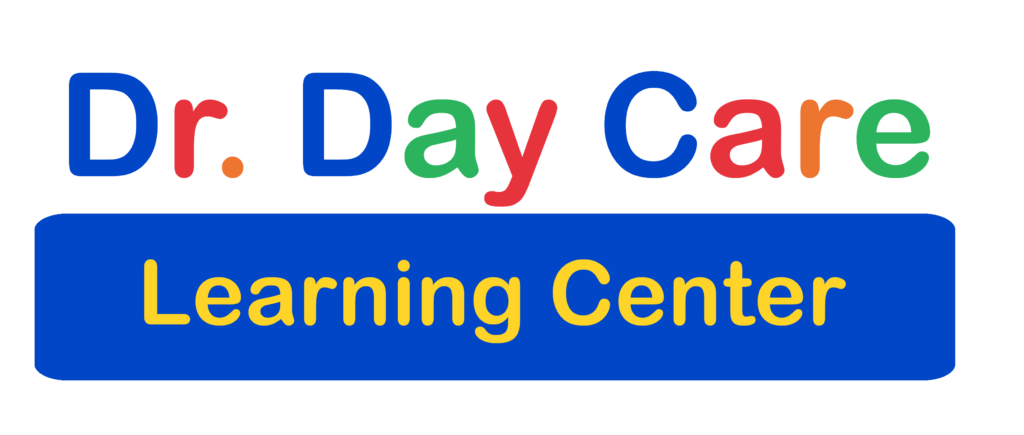Teaching children about opposites is so important – it is one of the building blocks that children need to learn how to follow directions, expand their vocabulary, increase comprehension skills, and build observation skills.


How can you expand on this important skill?
Teach the concept by pointing out the “concept pair.” All this means is words that are related. Examples are hot/cold, wet/dry, big/small, soft/hard, etc. If you hand your child a soft toy, mention that it is soft and point out the related concept pair. “Here is a soft teddy bear. What if it was not soft? What would the opposite be?”
For young children, it is best to teach concepts with concrete items, rather than words or pictures. Give them objects to explore or play games with to teach about opposite meanings. Fill a container with objects that are opposites (feather/rock, small/large toy, clean/dirty toy, scratchy sandpaper/soft fabric, etc.) and help your child match them up with their opposite. Discuss the differences of each object.
Another great way to teach opposites is to play games. Children love “Opposite Day!” Try giving directions in opposite. “Sit down” really means “stand” or “get your hands dirty” means “wash your hands.” Other pairs to try are walk/run, slow/fast, over/under, close/open eyes, happy/sad, smile/frown, asleep/awake, back/front, and so many more.
Remember, teaching opposites should be fun!


Teaching opposites helps children develop math, observational, creative-thinking, and language skills. They identify opposite characteristics of different objects, but it is also a fun activity to do as a family!
Find more ideas that we enjoy on our Pinterest Board – Opposites Attract.

